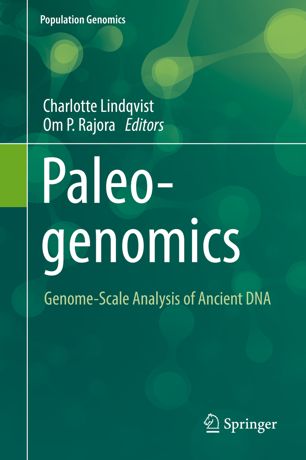

Most ebook files are in PDF format, so you can easily read them using various software such as Foxit Reader or directly on the Google Chrome browser.
Some ebook files are released by publishers in other formats such as .awz, .mobi, .epub, .fb2, etc. You may need to install specific software to read these formats on mobile/PC, such as Calibre.
Please read the tutorial at this link: https://ebookbell.com/faq
We offer FREE conversion to the popular formats you request; however, this may take some time. Therefore, right after payment, please email us, and we will try to provide the service as quickly as possible.
For some exceptional file formats or broken links (if any), please refrain from opening any disputes. Instead, email us first, and we will try to assist within a maximum of 6 hours.
EbookBell Team

4.0
96 reviewsAdvances in genome-scale DNA sequencing technologies have revolutionized genetic research on ancient organisms, extinct species, and past environments. When it is recoverable after hundreds or thousands of years of unintended preservation, “ancient DNA” (or aDNA) is often highly degraded, necessitating specialized handling and analytical approaches. Paleogenomics defines the field of reconstructing and analyzing the genomes of historic or long-dead organisms, most often through comparison with modern representatives of the same or similar species. The opportunity to isolate and study paleogenomes has radically transformed many fields, spanning biology, anthropology, agriculture, and medicine. Examples include understanding evolutionary relationships of extinct species known only from fossils, the domestication of plants and animals, and the evolution and geographical spread of certain pathogens. This pioneering book presents a snapshot view of the history, current status, and future prospects of paleogenomics, taking a broad viewpoint that covers a range of topics and organisms to provide an up-to-date status of the applications, challenges, and promise of the field. This book is intended for a variety of readerships, including upper-level undergraduate and graduate students, professionals and experts in the field, as well as anyone excited by the extraordinary insights that paleogenomics offers.